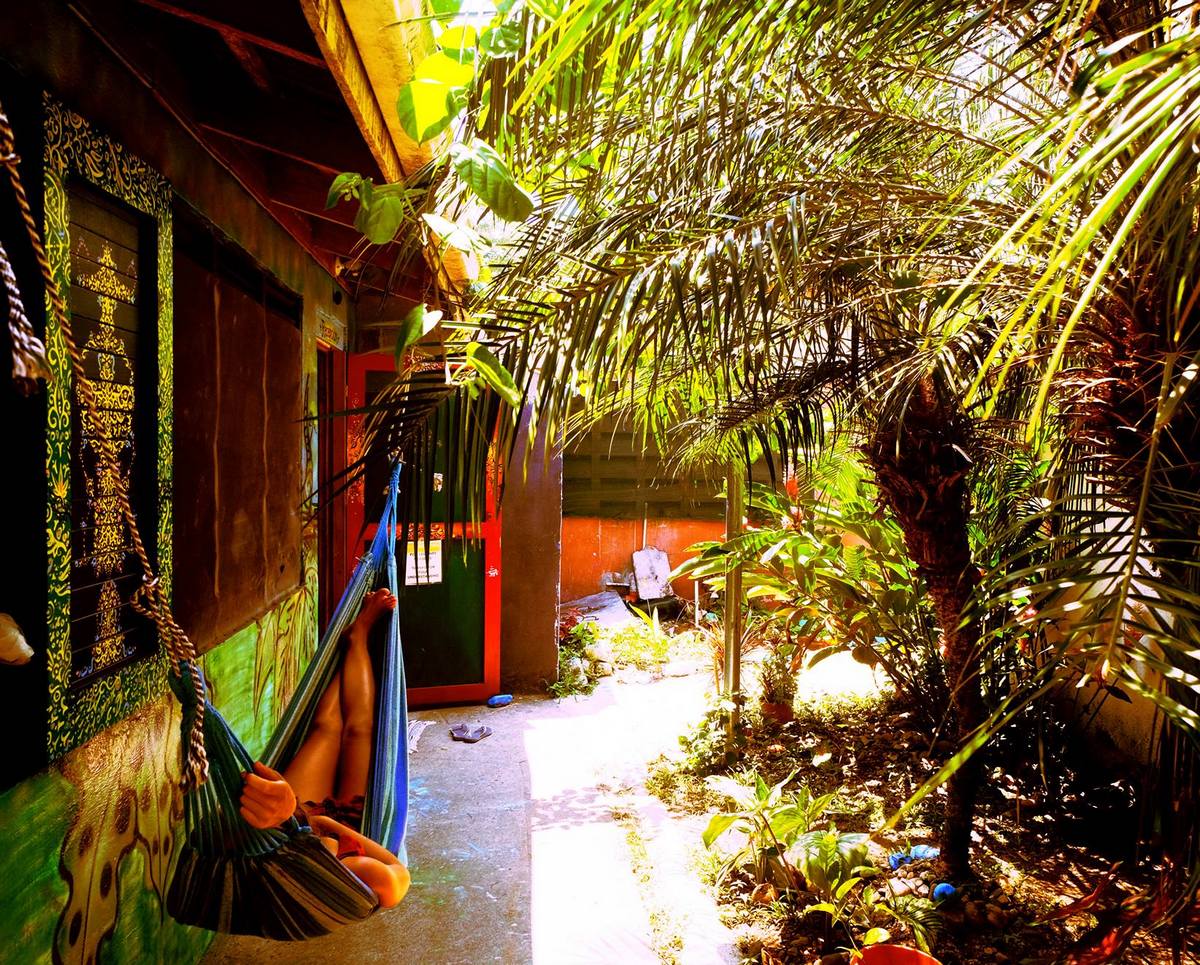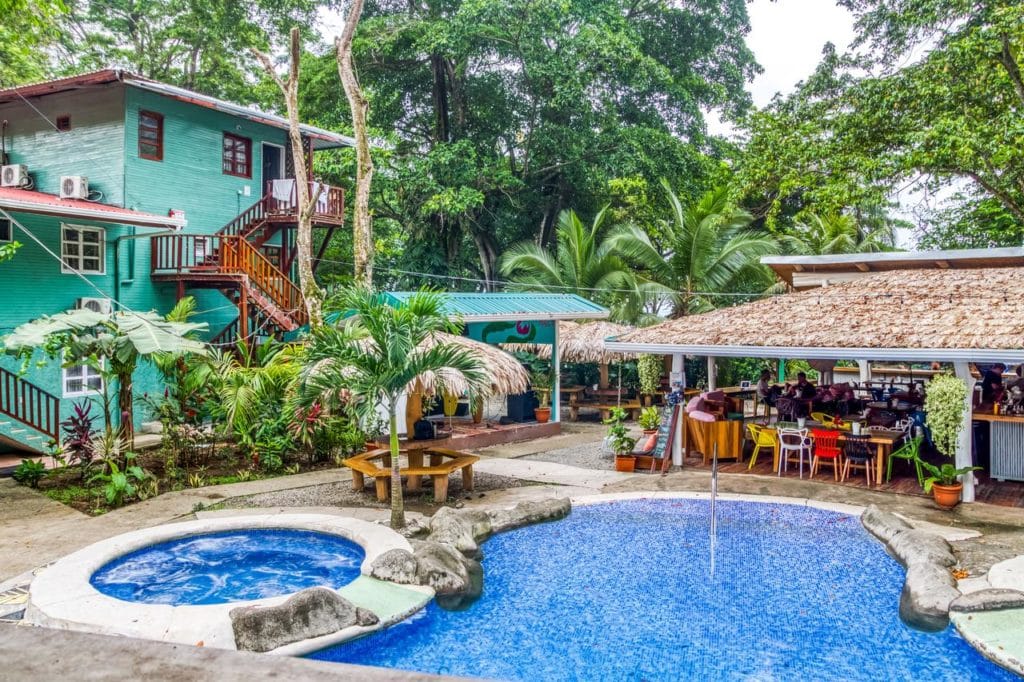

Private phones were installed in 1996 and broadband internet became available in 2006. But gradually things have improved Electricity brought lights and refrigeration to Puerto Viejo in 1986 and to Manzanillo in 1988.

The impressive airport in Limon is still rarely used for anything other than aid mission support. The highway leading from San Jose to Limon is one of the country’s most treacherous, and road conditions after Limon were fair at best, even during the dry season. Up until a few years ago, just getting to Puerto Viejo and the Talamanca region was a pain. Located about an hour and a half east of Limon, the largest city on the Caribbean side of Costa Rica, Puerto Viejo has long been an afterthought in the realm of Costa Rican tourism. Long walks on pristine beaches, experiencing exotic flora and fauna in a wildlife refuge, snorkeling or diving among the many reefs in our crystal clear waters, world-class surfing, mountain biking, kayaking and cultural visits to indigenous peoples. Naturally, for those of us who like a more active holiday, Puerto Viejo has it all. With its laid back attitude and Caribbean life style, you can be assured of a relaxing Costa Rican holiday. A Puerto Viejo de Limon, Costa Rica hostel is a great place from which to base yourself when heading to this region.This wonderful beach town on the Caribbean side of Costa Rica holds many surprises. Their curiosity about all the good things they have heard about Puerto Viejo draws them. Puerto Viejo is an exciting region of Costa Rica that most vacationers don’t want to miss. Enjoying BBQs on the beach while swimming, surfing, and fishing are popular weekend activities. Fire-dancing performances are another form of entertainment common in the Puerto Viejo region. Reggae and Calypso music are enjoyed during celebrations and festivals. A native, Caribbean-flavored lobster stew is also a delicious dish they are credited with developing. They are famous for their unique crafts, their use of medicinal plants, and their primitive chocolate-processing methods. The area is also home to the indigenous Bribri Indians. From November to June, the region is at its rainiest. Surfers have a good time from January to March, since the surf has big swells. From August to October it is breezy and sunny with calm seas, and these months are the driest time of the year. Due to the dense jungle, it is hot and humid all year long, especially at midday. The Puerto Viejo region has rugged, stunning wilderness beaches with miles of protected land. After the last scheduled bus ends, taxis are the safest means of transportation. Fortunately, there is a regular bus running all day on a schedule from the Manzanillo area north all the way to Limon and back south again.

The road runs through dark jungle, where it is not safe to walk around at night.

This well-traveled road through Playa Negra, Playa Cocles, Playa Chiquita, Punta Uva, and on down to Manzanillo National Park turns into a paved road infrequently. These parks are remote expanses of wilderness preserved to protect the wildlife that inhabit it as well as to protect the capes from soil erosion. Sandwiched between Manzanillo National Park to the south and Cahuita National Park to the north, the region of Puerto Viejo is a popular place to explore nature. The Panama country border is not far from here. This area on the Caribbean side is accessed by Route Thirty-Six and it turns off to the west just below Cahuita National Park to head inland toward the town Bribri and then south to the small town of Margarita, which looks out over the mountains back toward the center of these mangrove swamplands of Puerto Viejo. Puerto Viejo de Limon, Costa Rica, the southernmost region of the country, is located in the province of Limon. Guess what? Puerto Viejo de Talamanca is also named and spelled Puerto Viejo de Limón - It is the same destination.


 0 kommentar(er)
0 kommentar(er)
